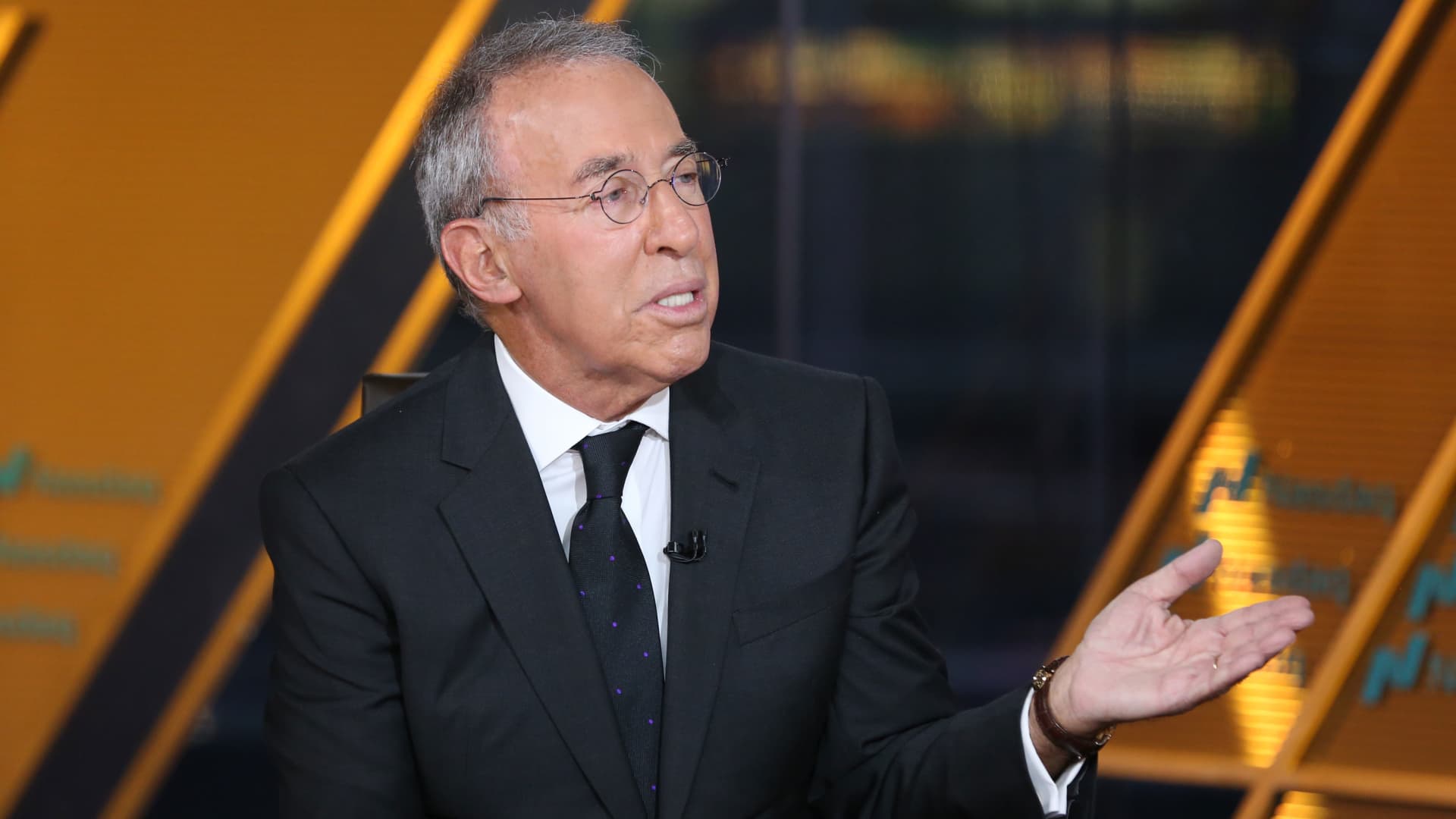Apple vs. Microsoft Business Model: What’s the Difference?
Reviewed by Andy Smith
Apple Business Model vs. Microsoft Business Model: An Overview
More than any other American companies, Apple, Inc. (NASDAQ: AAPL) and Microsoft Corporation (NASDAQ: MSFT) dominate the intersection of technology and consumer access. Even though they compete across a huge range of sub-industries, such as computing software, hardware, operating systems, mobile devices, advertising, applications, and web browsing, each firm primarily targets different markets.
On Feb. 15, 2025, AAPL had a market cap of around $3.6 trillion. Microsoft lagged behind it at $3.04 trillion.
Key Takeaways
- As of 2025, Apple and Microsoft are two of the biggest companies in the world, alternating the title of the world’s most valuable company.
- Both companies have market caps of over $3 trillion.
- Apple’s business model targets small and medium sized businesses, and consumers with devices targeted toward them. They are able to keep their base due to easy-to-use designs and data migration to new product lines.
- Microsoft is an innovative leader in cloud computing, professional and business solutions, with a lower focus on personal computing than it used to have.
The Apple Business Model
It is difficult to recall a modern American business so thoroughly dominated by the ideas and personality of one individual as Apple was under Steve Jobs. Jobs’ remarkable innovations propelled Apple to unprecedented heights until his passing in 2011.
During Steve Jobs’ second reign—he was fired in 1985 and returned in 1997—Apple returned to relevancy and revolutionized multiple subindustries. In 2001, the company released the iPod, a pocket-sized device that could hold 1,000 songs, which soon took over the Sony Walkman. In 2007, Apple completely redefined mobile phones when the iPhone was released.
Apple easily bests its competitors in terms of hardware sales and high-end gadgets. Thanks to the company’s early 2000s reputation as a nonconformist response to Microsoft, millennials grew up using Macs in large numbers. This is buoyed by the company’s brilliant insistence on integrating its products, making it easier to keep using new Apple products and thus more difficult to switch to a competitor’s interface; this is sometimes referred to as the “Apple Ecosystem Lock.”
The weakness in the Apple’s business model lies in the historic success of the company’s golden invention: the iPhone. Nearly half of all Apple revenue comes from iPhone sales, and no comparable innovation has taken off since its former CEO died.
However, CEO Tim Cook continued driving improvements and innovations to existing products and services. In 2023, new iOS 18, MacBook Pro and Air Models, iPad Air and Pro models, the iPhone 16 variants, the Apple Watch series, and AirPods 4 were all launched.
The iPhone remained Apple’s key revenue generator in 2024, with sales of $201.18 billion out of $391.04 billion over the year (51%). Apple’s services generated $96.2 billion in sales.
The Microsoft Business Model
For years, Microsoft dominated the computer industry with its Windows software; Apple was an afterthought for more than a generation of operating products. Before Google Web browsing began to dominate the market, Microsoft gave away Internet Explorer for free, driving Netscape and other similar companies out of business.
The Microsoft revenue model historically relied on just a few key strengths. The first, and most important, was the licensing fees charged for use of the Windows operating system and the Microsoft Office suite.
However, technological developments have made its operating system less of a revenue generator. Microsoft has moved its Office suite to an online subscription service to generate recurring revenue, acquired LinkedIn and its subscription and sales solutions, and developed cloud-based solutions for businesses and developers that generate recurring revenues. Its primary revenue generator was server products and cloud services, which generated $97.7 billion in FY 2024. This was followed by office products and cloud services, with $54.9 billion generated. Windows was third, generating $23.24 billion.
Microsoft has a popular gaming console and associated services that Apple does not—the Xbox and its subscription services. Gaming and gaming services accounted for the fourth largest revenue stream for Microsoft in 2024, $21.5 billion.
Is Microsoft Doing Better Than Apple?
Each company has transitioned to focus on different products and services, so they each rank well. However, Apple generated more returns for investors as of February 2025 (33.23% year-over-year), while Microsoft lagged at 0.07%. Microsoft generated $245.12 billion in revenue in 2024, while Apple generated 391.04 billion. Microsoft earned $88.14 billion in net income to Apple’s $93.74 billion. It seems Apple did slightly better (as far as finances go) than Microsoft in 2024.
Which Is Best, Microsoft or Apple?
That depends on what you’re evaluating. They each have different products and services and are very successful.
Who Won the Apple vs. Microsoft Lawsuit?
The copyright infringement lawsuit between Apple and Microsoft ended in 1992 in favor of Microsoft. Apple sued Microsoft for violating a copyright it held on certain elements of graphic user interfaces.
The Bottom Line
Apple and Microsoft are two tech giants that have dominated their industry for many years. Each began with similar business models but eventually went in different directions, with Microsoft catering more to productivity, business solutions, and cloud computing while keeping many of its consumer-facing products and services. Apple continues to market mostly to consumers and small- and mid-sized businesses.









